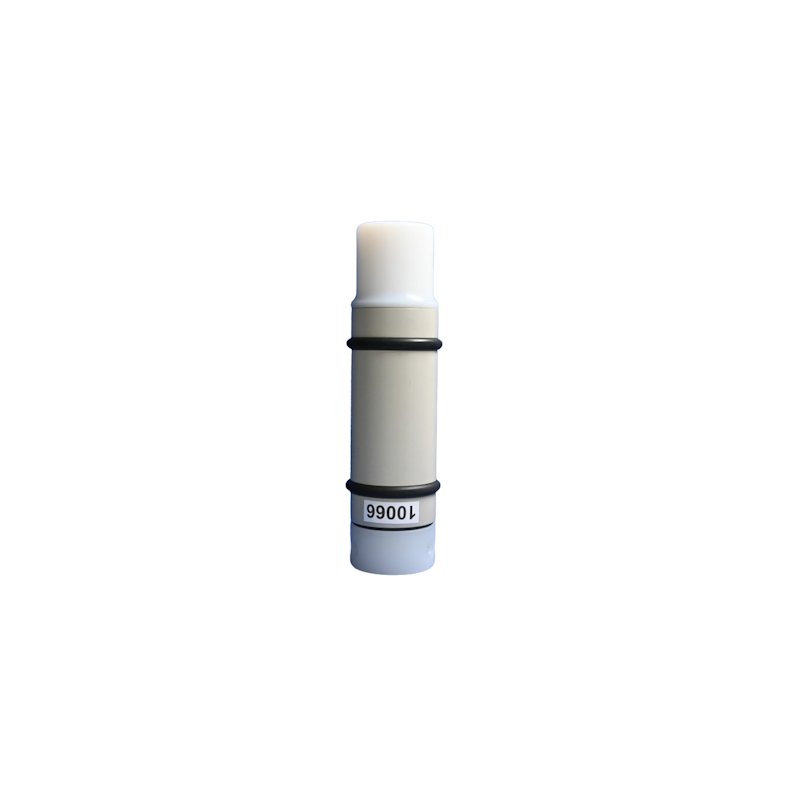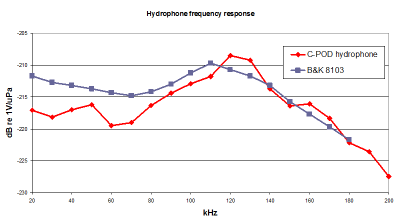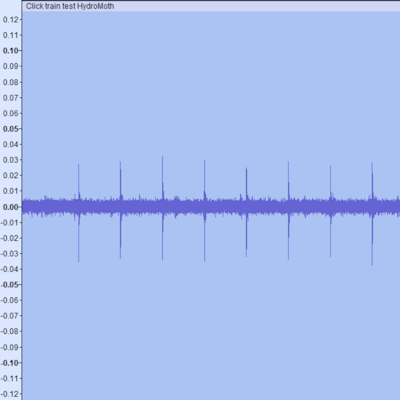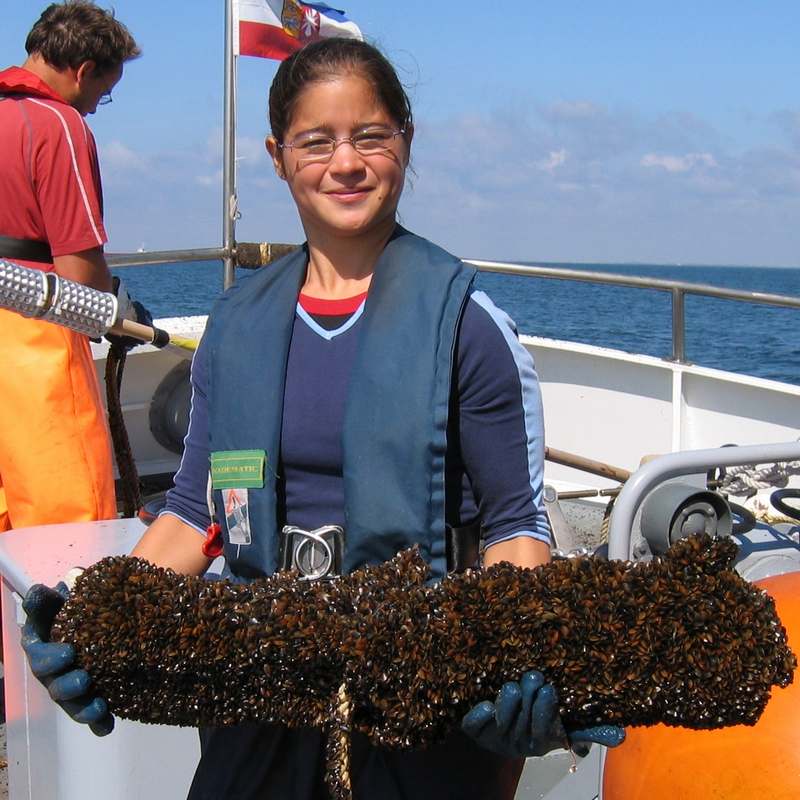C-SoundThe C-Sound is at an advanced stage of development but not immediately available. At present we are keeping record of any potential orders and will update this page when we can quote delivery times.
The C-Sound is at an advanced stage of development but not immediately available. At present we are keeping record of any potential orders and will update this page when we can quote delivery times.
An open-source sound recorder

The C-Sound combines the widely used AudioMoth sound recorder circuits and code with a quality hydrophone and housing from Chelonia.
Selection of gain, sampling rates 8 - 384k/s, duty cycles and frequency filtering are all available.
A full specification and instructions are available here:
https://www.openacousticdevices.info/audiomoth
C-Sound Hydrophone

The C-Sound hydrophone frequency response will be verifed by the National Physical Laboratory, London.
This hydrophone has a higher frequency range than the standard F-POD hydrophone in order to give a flatter response across the frequencies of interest.
It will share the legendary robustness of the F-POD hydrophone and uses a matched pre-amplifier to give a good frequency response.
Software and support

The C-Sound produces standard WAVE files that can be analysed using many software packages, such as Audacity, which has a widely used free version, and Raven.
Chelonia does not offer any support or advice on handling the settings of the C-Sound or the data analysis, but will offer calibration as for the F-POD.
C-Sound v SoundTrap

These instruments do similar things, but there is a significant difference you might not spot in the specifications:
In deployments over weeks and more in some marine locations the growth of barnacles, mussels etc aka 'biofouling' is a big issue. To remove it the simple shape and robust nature of the housing of the C-Sound makes removal much easier with no risk of damaging the hydrophone or any connections.
C-Sound v Hydromoth
The HydroMoth is a very neat low-cost logger consisting of an AudioMoth in a transparent plastic case.
The sound path goes from the plastic case into the air inside which loses most of the acoustic energy due to the massive change in density. This makes it very insensitive, but for some applications at shallow depths this may be satisfactory.
Specification

WAVE File to Virtual F-POD
Finding click trains in WAVE (.wav) files can be very time consuming.
This utility, that runs on a PC, converts a WAVE file, sampled at more that 320k/s to a ‘virtual F-POD file.
Quality is below that of an F-POD which samples at 1m/s and the classifcation to species guilds is poor, but it may provide a quick way to find cetacean click trains in your data.
Many WAVE files can be consolidated into one FP1/FP3 file